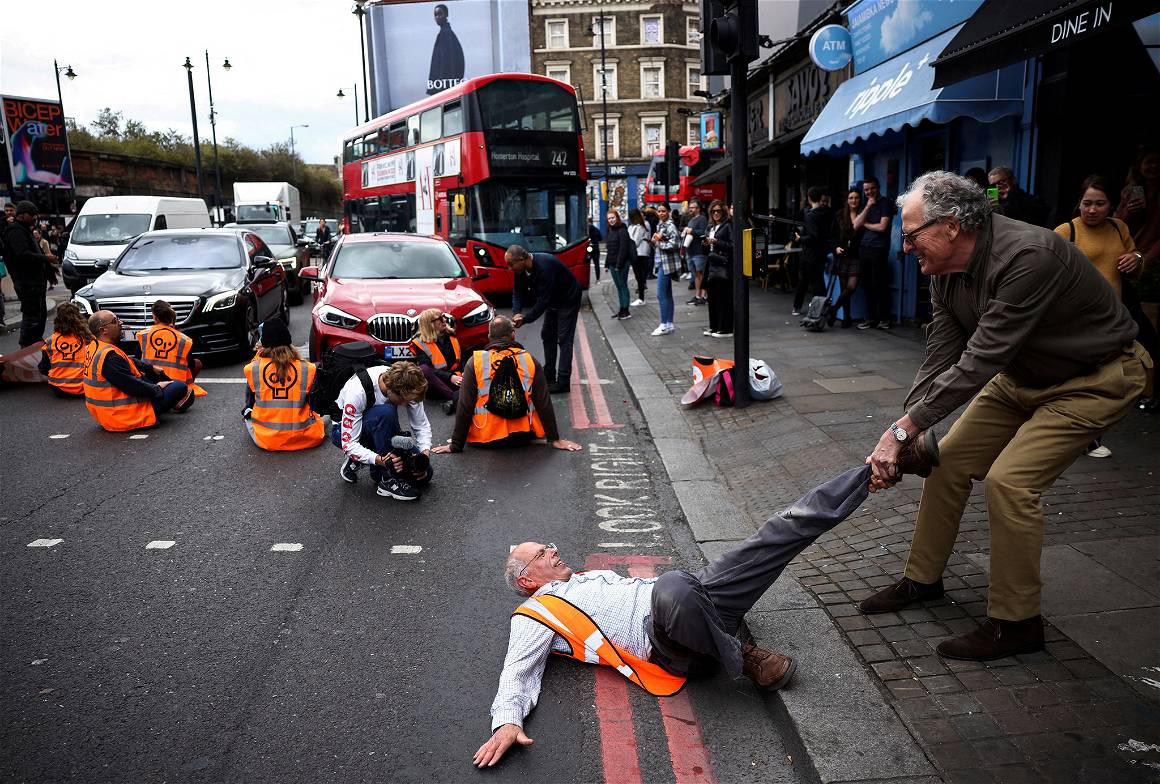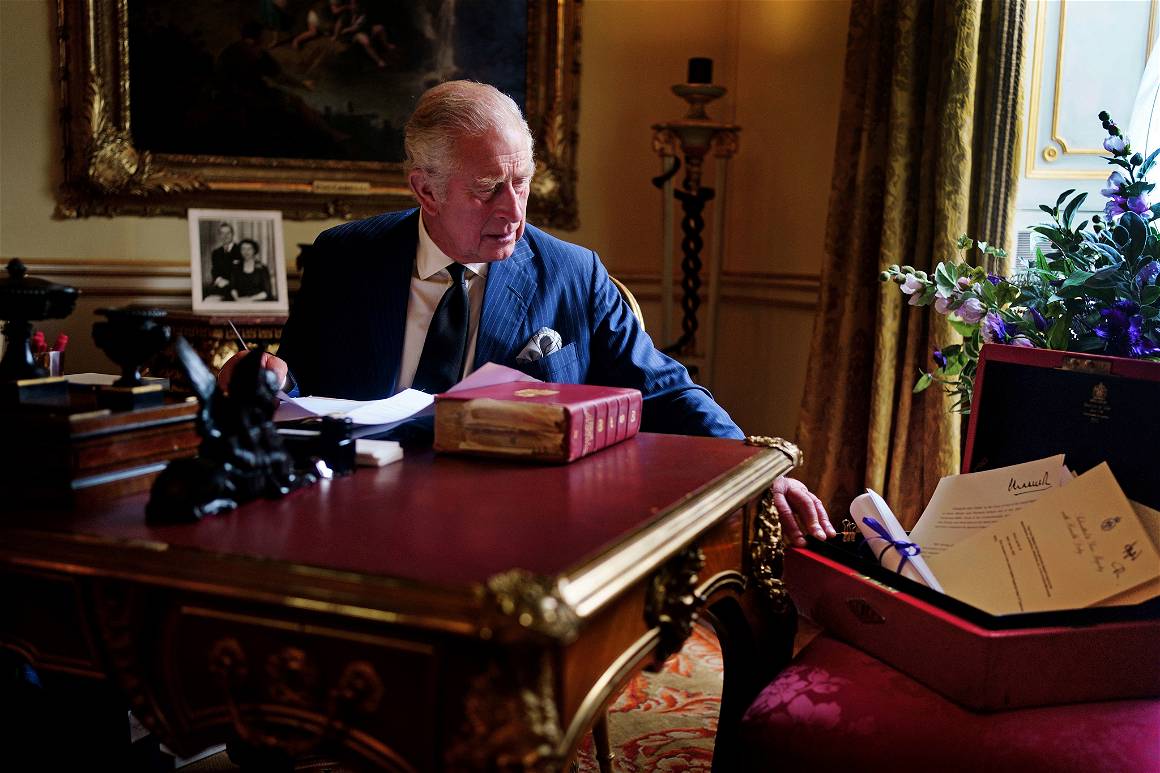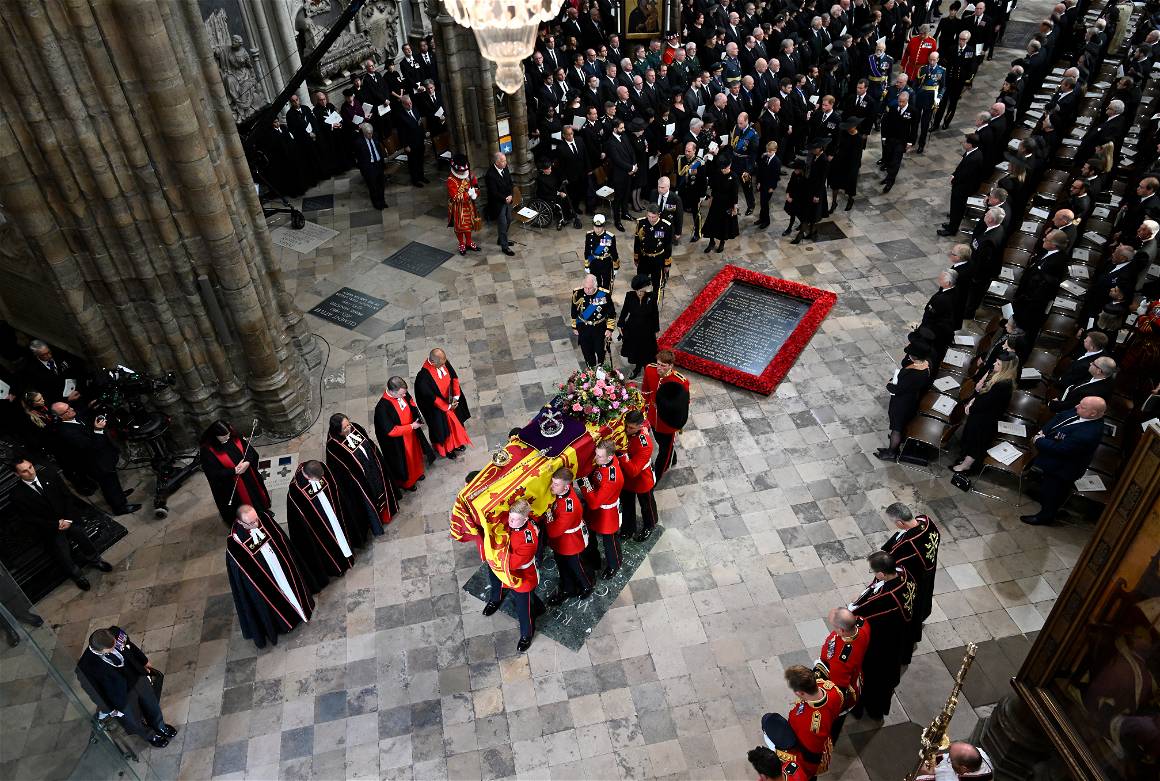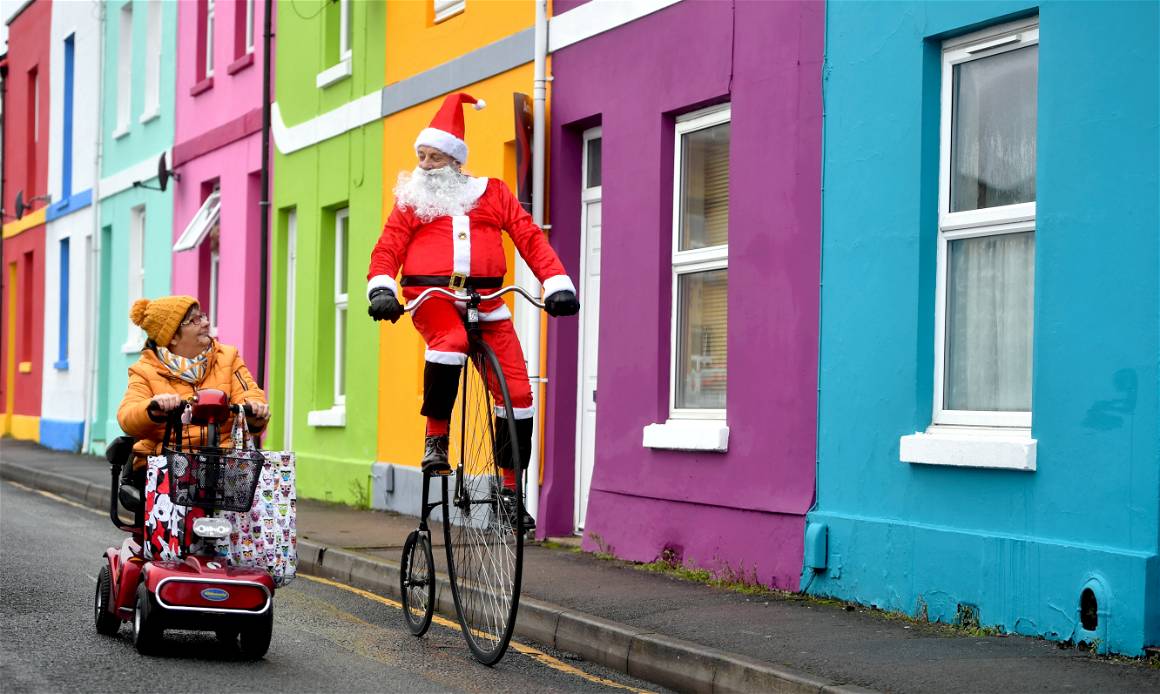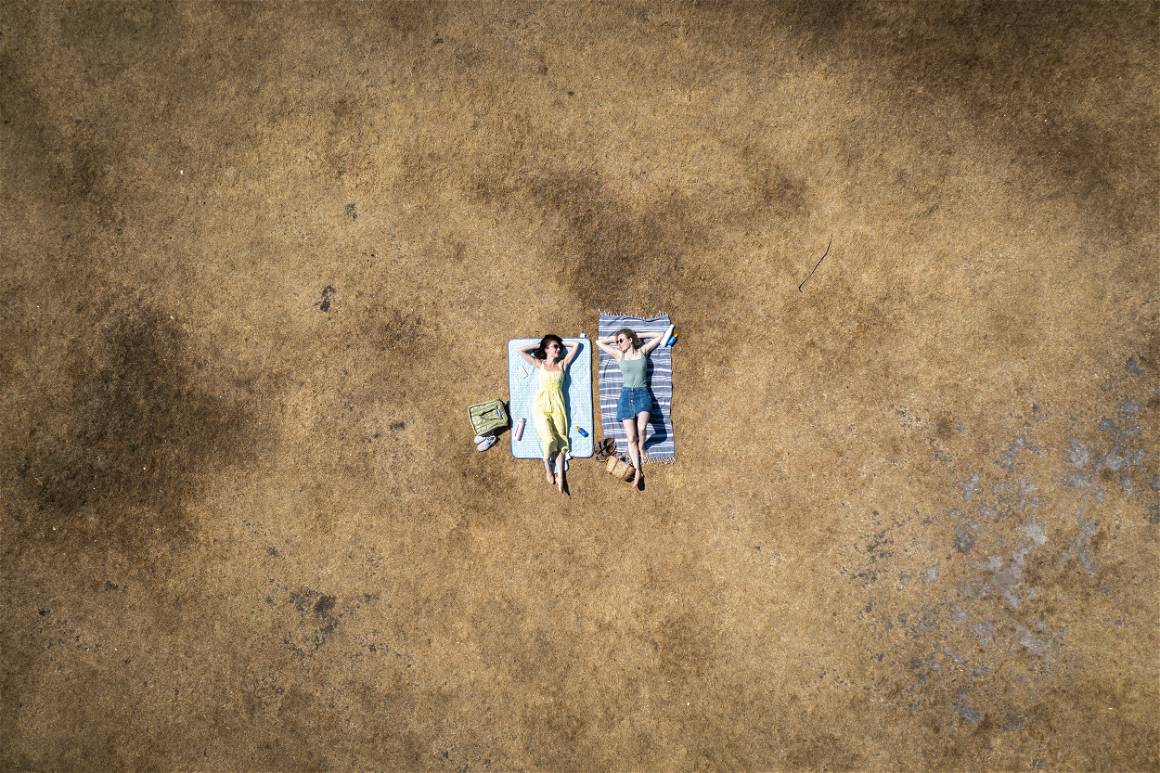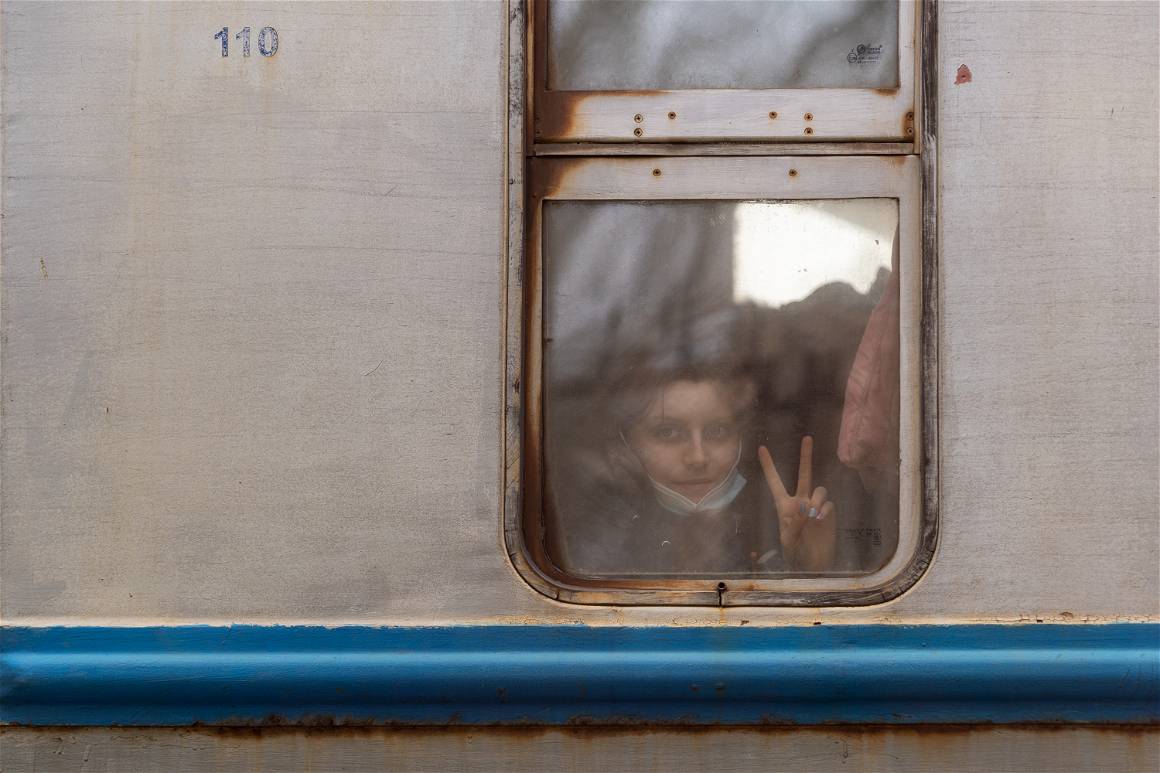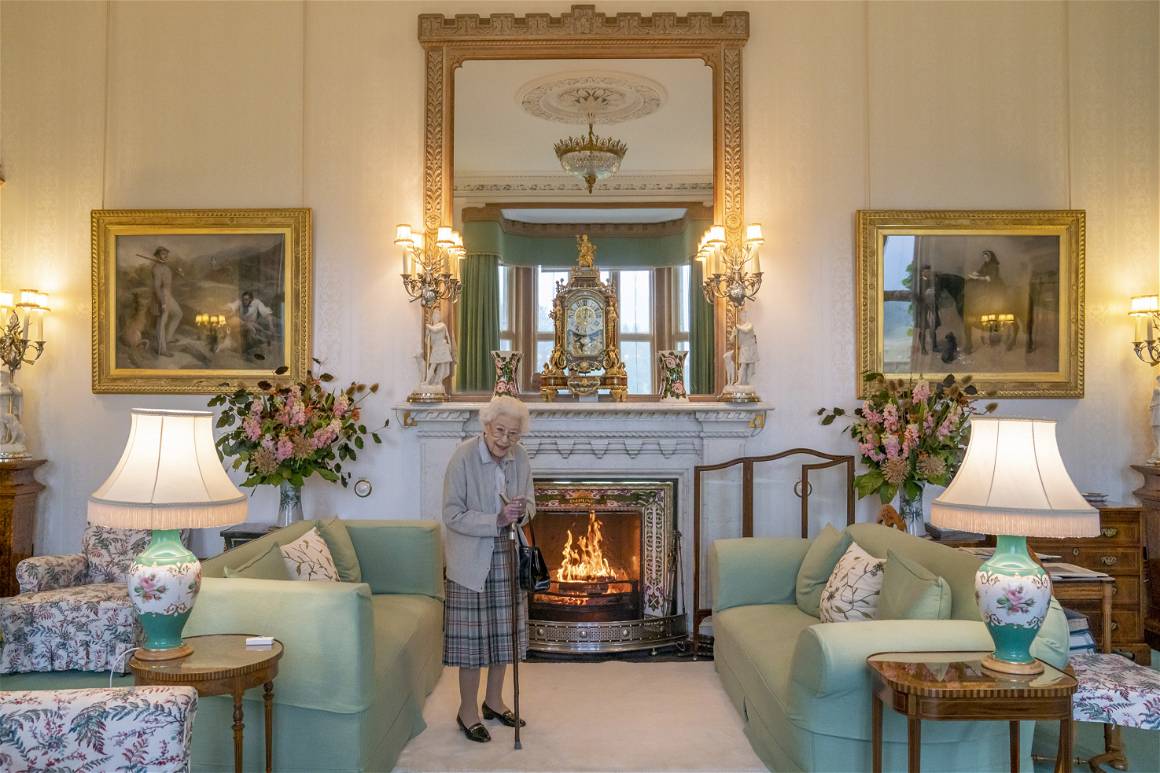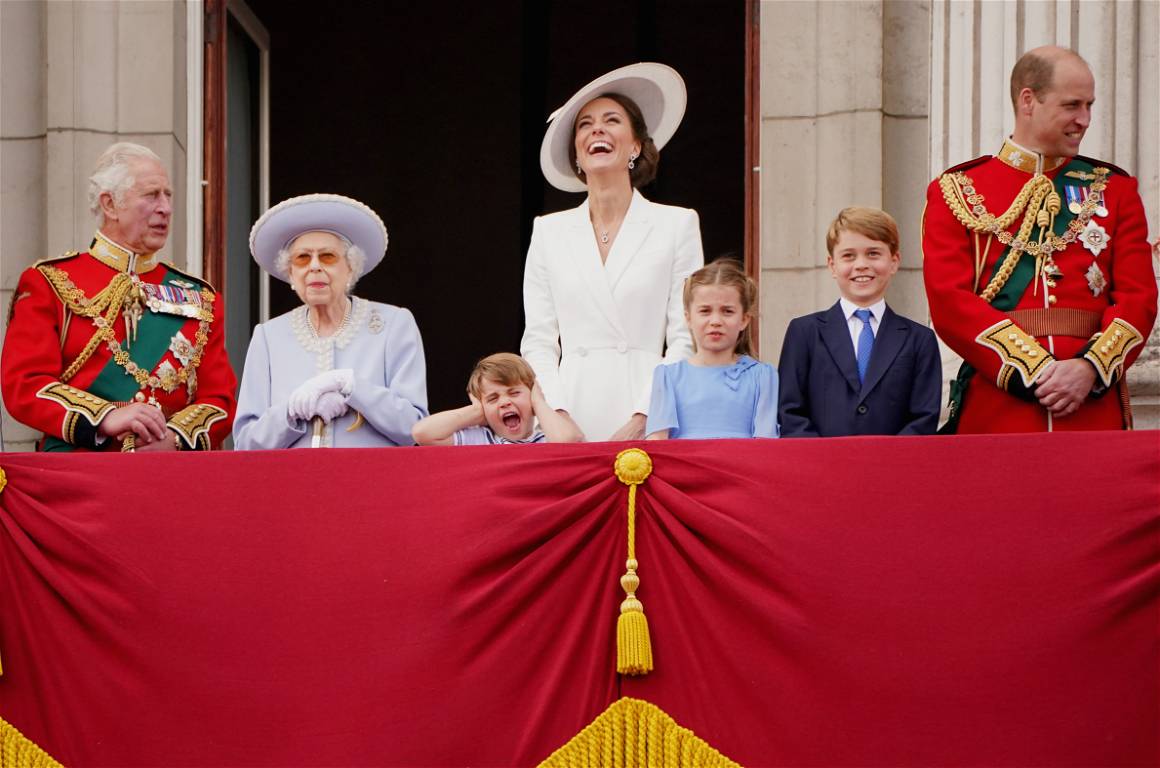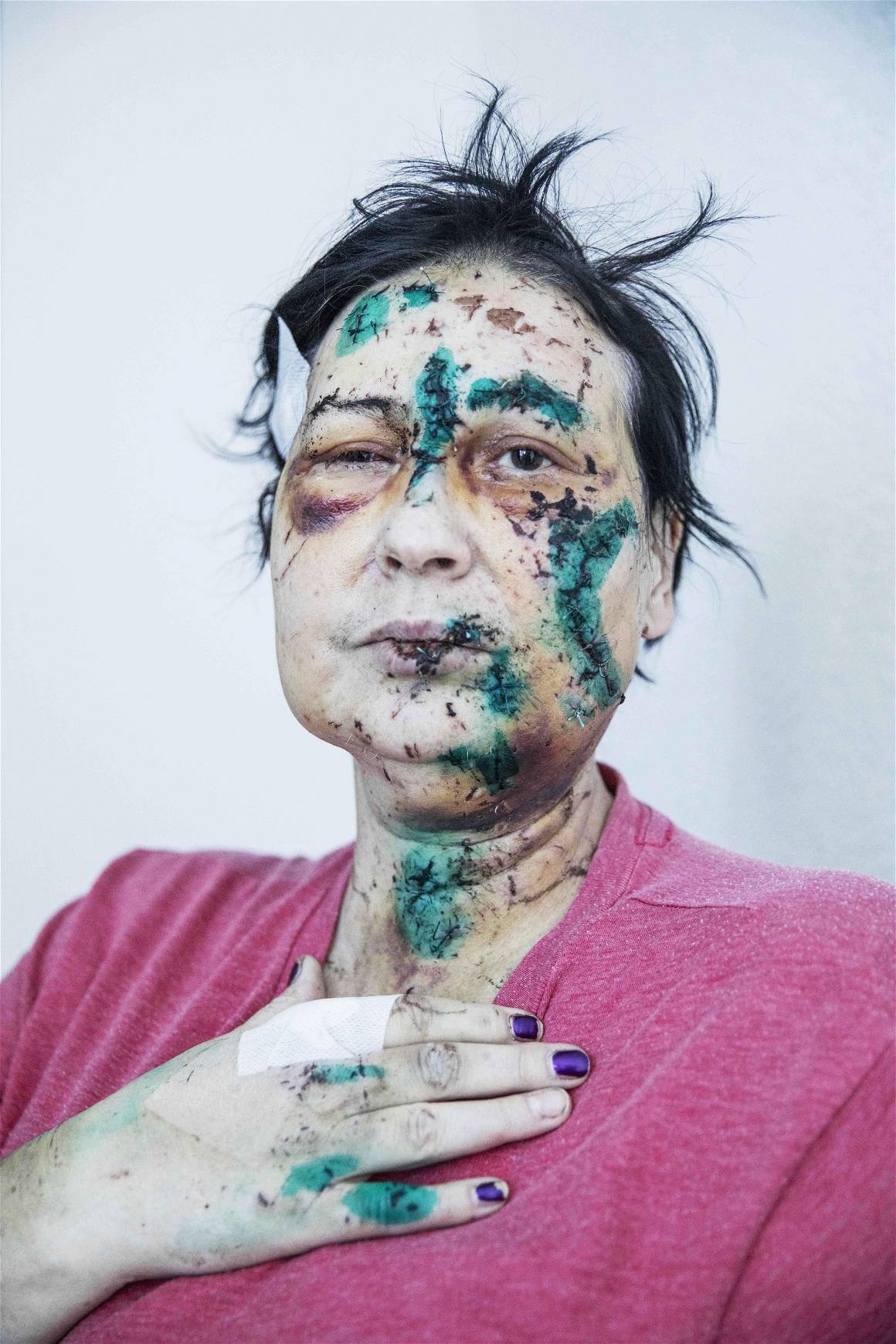In an interview with The Game Magazine, Alan Sparrow, the director of the UK Picture Editors Guild Awards, delves into his journey in the photography realm, the significance of the award, and highlights the pivotal role of IMAGO's sponsorship in the 'Photograph of the Year' category, enabling photographers to spotlight their prowess.
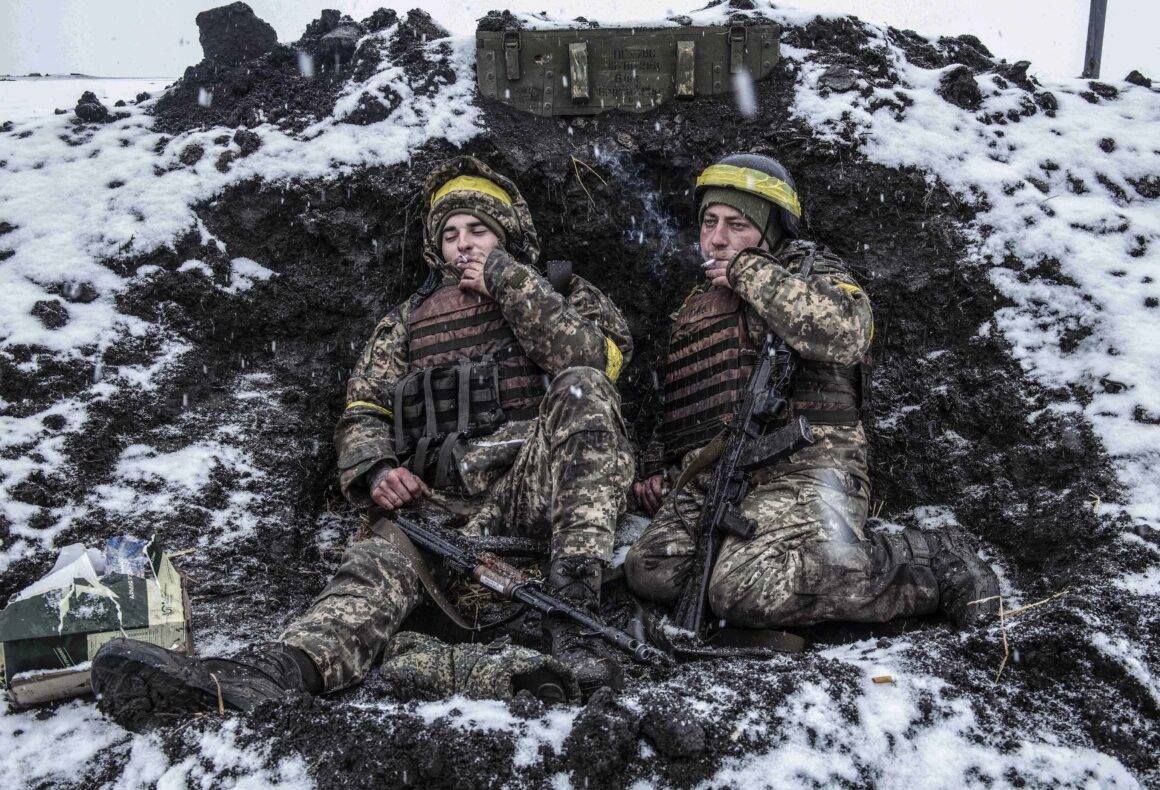
An Interview with Alan Sparrow: The Path to Chair of the UK Picture Editor Guild Awards
Alan Sparrow’s journey spanned several remarkable decades, from working as a messenger to the Chair of the UK Picture Editors Guild. Back in the 70s, he took various steps and roles: starting as a messenger, moving up to become a salesman and later an assistant picture editor at Argus. But Alan’s career didn’t stop there. He took on more prominent roles as the News Picture Editor at The Guardian and then the Executive Picture Editor for Metro. In 2004, he began leading the UK Picture Editors Guild and has been at the forefront of their awards for over 15 years, championing them as he believes these accolades not only unite picture editors but also spotlight exemplary photography.
With years of immersion in the industry, Alan’s conviction in the awards is profound. He sees them not merely as accolades, but as crucial platforms for fostering excellence and nurturing connections in photography. His various perspectives, both from deep inside the industry and at the judging table, uniquely position him to champion the award’s ideals and maintain its prestigious reputation in a rapidly evolving industry.
In recent years, the UK Picture Editors Guild Awards introduced a fresh category, the IMAGO-sponsored Photo of the Year, which, for Alan, its inception is nothing short of a “great success,” addressing a previously overlooked facet of the awards. This year alone, he enthusiastically notes, nearly 10,000 individuals cast their votes in this category, marking a substantial leap in participation and interest in this event.

“A category that we introduced is the Photograph of the Year, sponsored by IMAGO…There was a certain cynicism to it originally, and the mechanic of getting people to vote is a challenge but I think this year has been a great success with nearly ten thousand people voting for the winning image, a huge advance on the less than a thousand that voted last year.” – Alan Sparrow.

How did you first embark on your photographic journey, and could you share some insights into your personal and professional evolution in this field?
I left school at 16 and started work at a news photo agency called Central Press Photos. I joined as a messenger, as was the way in those days. You started as a messenger; then you worked ‘on the bench’. This was where the photographs were captioned and stamped with the company stamp and then given to the messengers who took the photos in a cardboard folder to newspapers around Fleet Street, where nearly all the British National newspapers offices were located. This was the traditional way that the photos were delivered to the newspapers by messengers. In those days, messengers were given two pence for each publication they got. This was to stop the messengers from putting the photos in the waste bin or sticking them down a drain, as happened at some agencies. It was all a bit Dickensian; our offices were in the basement of a building!
After a time on the bench, you started your first darkroom role and became a ‘glazing boy’. The photos would come from the darkroom and then be put onto a glazing drum so that they had a good glaze or on a dryer if they were matt finish. From glazing boy to the dish, where you washed the prints as they left the darkroom to get the developer off so that they didn’t go yellow, and then from there, you went into the darkroom where you were responsible for putting the photos in the fix to stop the prints overdeveloping.
From there, you became a junior printer, and then after a few years, you became a senior printer and then, if you wanted to advance, a junior photographer. In those days, the senior printer earned 35 pounds per week, and a junior photographer earned 23 pounds per week, so you got a log jam with nobody wanting to move on because they had to take a pay cut.
And so was the process for many young men, invariably always boys who joined Fleet Street in the early 70’s. I didn’t get past the glazing boy stage because the company salesman left, and I was asked to become the salesman, which involved taking photos for the weekly magazine and selling sets to the Sunday Papers. I left Central Press Photos after three years and joined Keystone Press agency as a Salesman. After three years at Keystone, I was invited to join the Argus South African Newspapers as an assistant picture editor for the Argus Group London office. The Argus had 17 newspapers in South Africa and Zimbabwe. After three years at the Argus, I was approached by the Guardian Newspapers to join their picture desk, where I worked for 16 years as a night picture editor and news picture editor.
In 1995, I needed a change, and I left the Guardian and opened a photo lab, printing photos for the public, and we had a studio and picture framing business.
In 1999 Associated Newspapers launched the Metro newspaper, and I was asked to set up the picture desk. I worked for the Metro for 16 years and left in 2014.
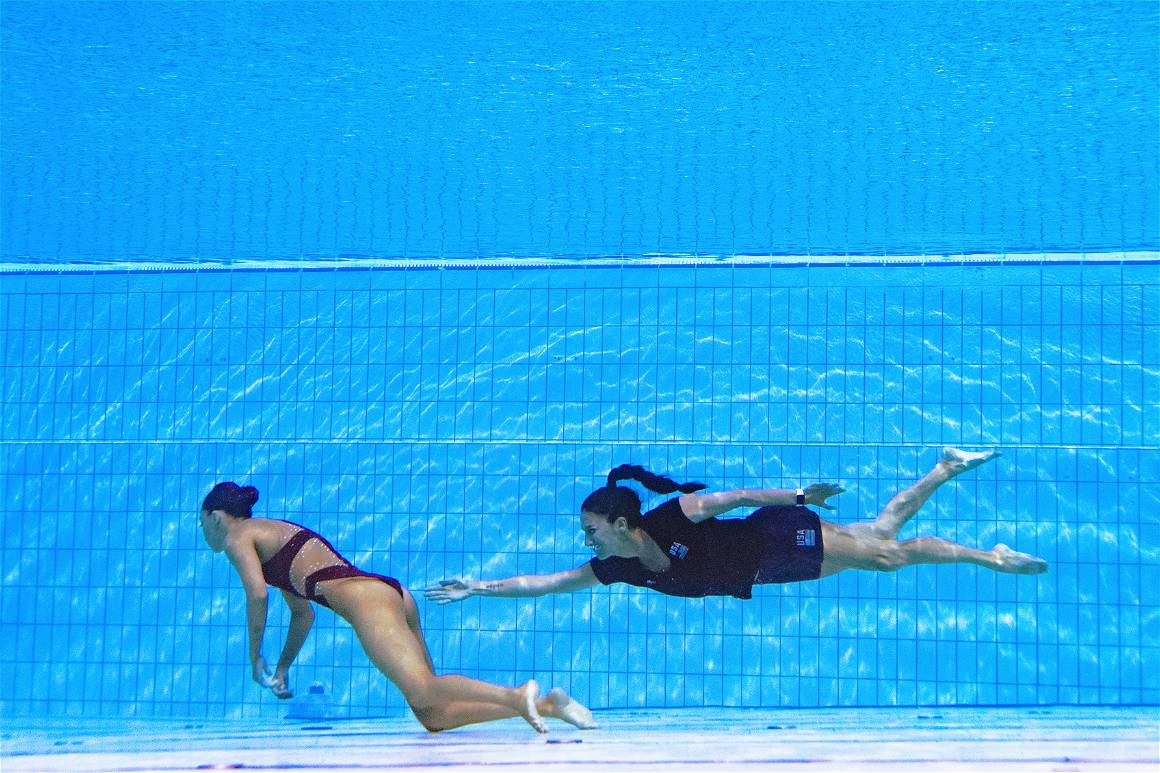
Having served as the Picture Editor of Metro and News Picture Editor of The Guardian, what inspired you to become a part of the UK Pictures Editors Guild?
I have run the UK Picture Editors Guild since approximately 2004, and we have an award that I have run for 16 years. The Guild was set up in 1977, and most picture editors were asked to become members, but it was just picture editors; it was only later that deputy picture editors and others on the picture desk were invited to join. The Guild was established by Picture Editors who did not have the benefit of the internet, and if you wanted a photograph from a story that happened outside London, you would have to depend on the local newspaper being willing to provide you with a print. They would take a print and put it onto a train and hopefully, it would arrive at one of the London Station int time for your deadline.
The Guild thought it would be good to know who was on the other end of the telephone line when you called asking for a favour and so it was decided that the pic eds would meet twice a year. It was also decided that the Guild would promote the use of good photography in newspapers. Principles that we try to maintain to this day.

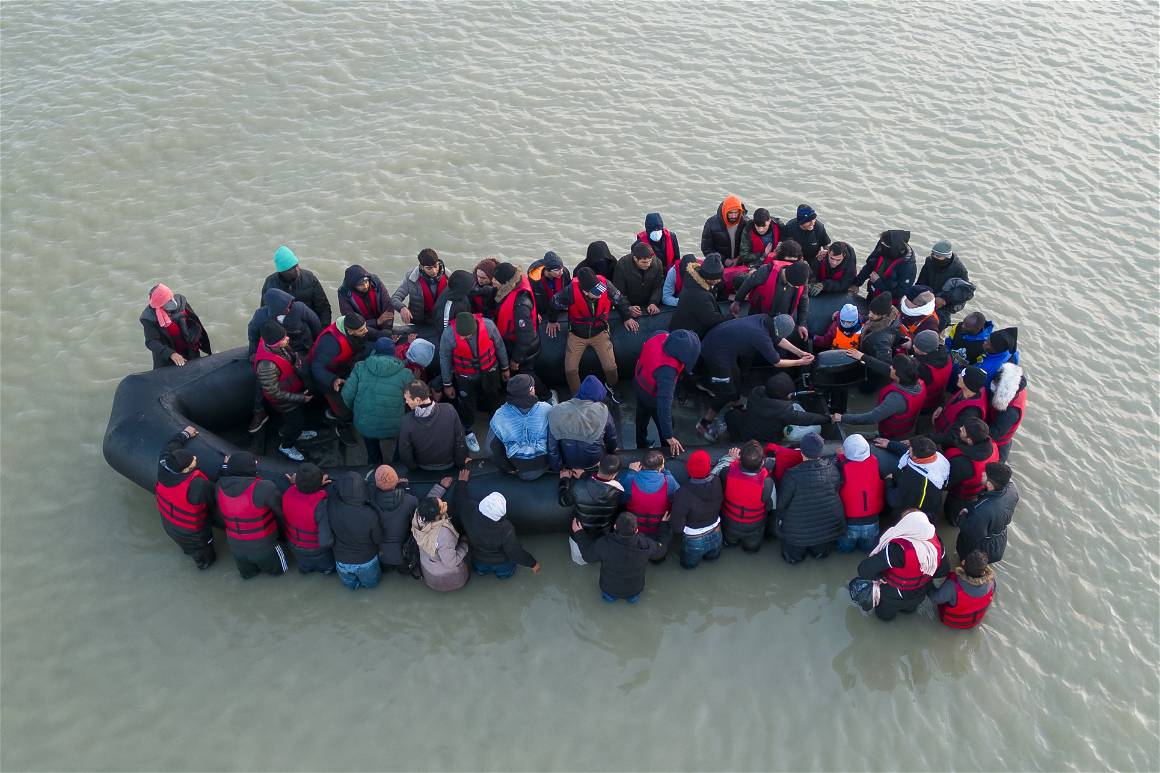
Can you tell us about the importance of these awards and what they signify for the photographic community, especially in the UK?
The Awards are part of the process where picture editors can meet and where we can encourage good photography through a competition Judged by members of the Guild. Many competitions allow sponsors to have an input into the judging process, but we believe that the photographers who enter should be judged by those whom they are working with daily.
How did collaborations or sponsorships like “IMAGO Photograph of the Year Category” play a vital role in the success of the UK Picture Editors Guild Awards? How does this partnership benefit the photography community?
A category that we introduced is the Photograph of the Year, sponsored by IMAGO. It seemed strange to me that we honoured the talents of the photographers and their work, but we never actually put a mark on an image and said this is THE Photograph of the year. It now seems such a glaring omission. I am surprised that we didn’t do it earlier. There was a certain cynicism to it originally, and the mechanic of getting people to vote is a challenge but I think this year has been a great success with nearly ten thousand people voting for the winning image, a huge advance on the less than a thousand that voted last year.


How do the UK Picture Editors Guild Awards both elevate a photographer’s professional status within the industry and serve as a source of encouragement and motivation for emerging talents to pursue excellence in their craft?
We have added a student photographer category sponsored by Nikon in the past few years and I am delighted to see that from small beginnings it is now entered by students from many of the UKs colleges and universities and we have a young photographer category sponsored by Getty Images, so we can see how photographers progress, in fact we can see them move through categories into full time work as press photographers, and at the other end of the line we have a lifetime Achievement award for those who have made an outstanding contribution to our industry.
How are the criteria for award selection determined, and how has it evolved over the years to keep pace with the changing landscape of photography?
The categories evolve as the years go on and so that addition of a Student Photographer seemed a natural move after we added the young photographer. Some categories get dropped; we dropped the video section last year. I thought that photographers would become multi-skilled and produce videos and stills, but much to my surprise, it never really grew as I had expected, some produce brilliant videos, but the take up by photographers doing video doesn’t seem wide enough to merit a category, but we keep an eye on such things, and we could always reintroduce it.
What are some challenges faced in organising the UK Picture Editors Guild Awards? How do you envision the future of the UK Picture Editors Guild Awards?
The Guild has to be willing to change if it is to succeed and so developments happen all the time. I would like to see it take on a wider remit and have categories for photographers not based in the UK, but such dreams have a cost, if you have winners, then naturally, they would expect to come to London to receive their awards and so the Guilds has the cost of accommodation and flights, so maybe those dreams are for another day.
